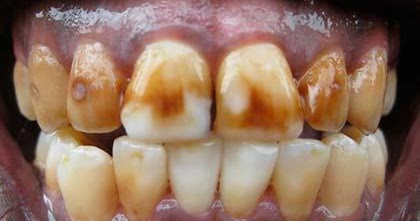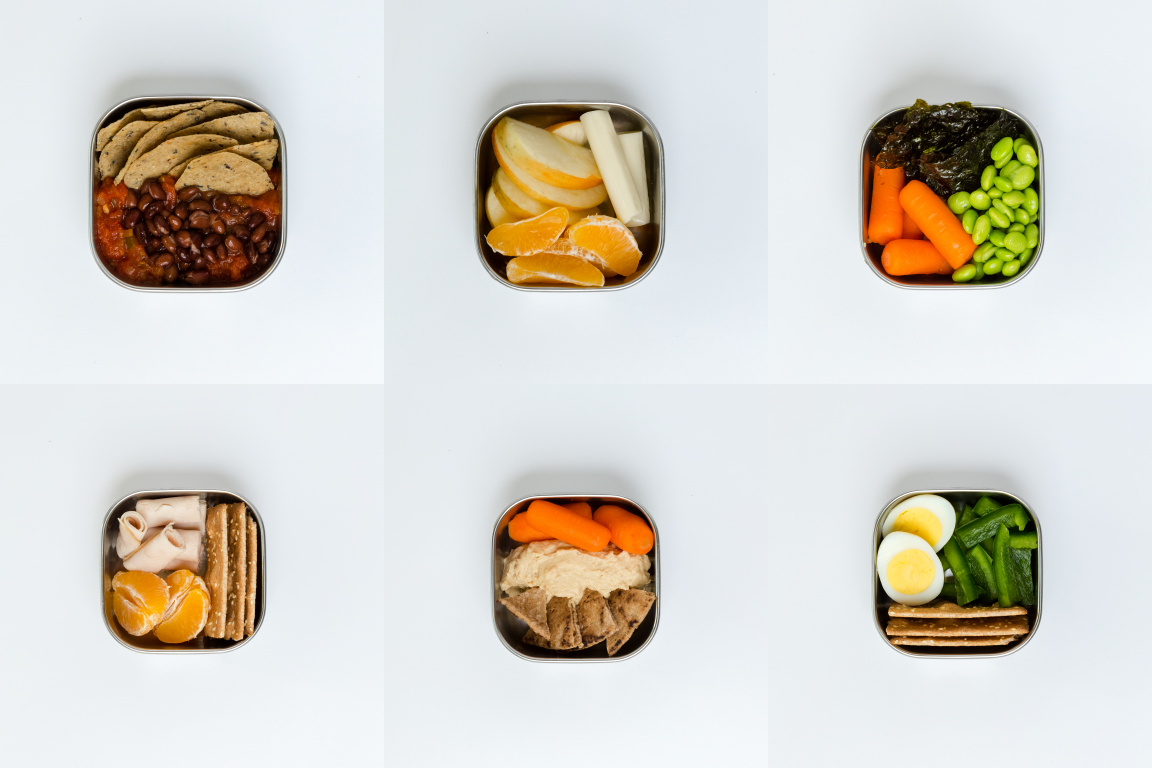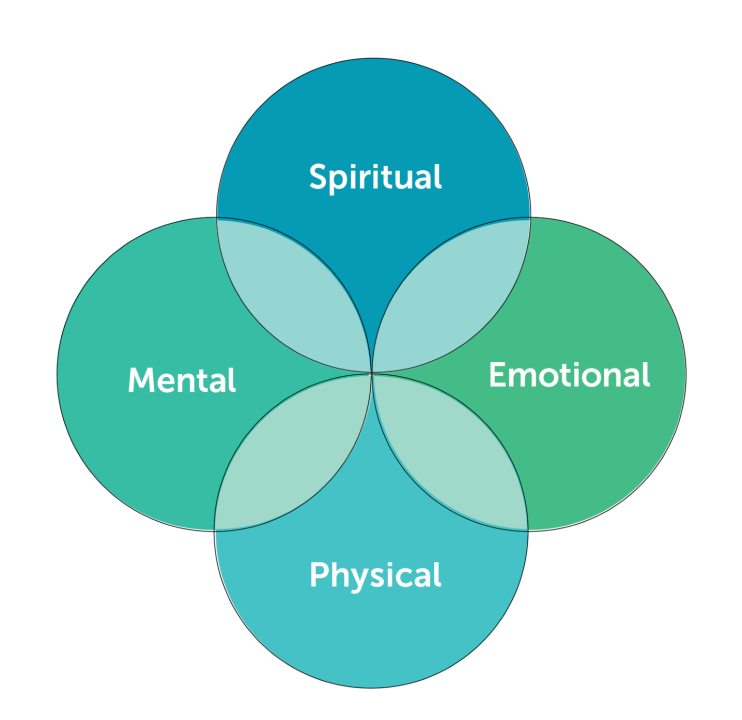 Ginga-what? Gingivitis that is, many have questions what this is, why you have it and how you can get rid of it.
Ginga-what? Gingivitis that is, many have questions what this is, why you have it and how you can get rid of it.
Simply put gingivitis is inflammation of the gums. Gingiva in dental terms are the gums of the mouth. “itis” is a suffix and when added to a name of a body part means inflammation of, for example, appendicitis which is inflammation of the apendix or tonsillitis which is inflammation of the tonsils. The list goees on and on of things that can be inflammed.
In this case gingivitis is inflammation of the gums, this inflammation is caused by the body’s response to bacteria which is in the mouth. The mouth naturally has millions of bacteria present and most of the time the bacteria can live in a symbiotic nature within the oral cavity. The problem starts most of the time when overgrowth of bacteria starts to occur due to sub-optimum oral hygiene but other factors can come into play which may allow a person to develop gingivitis even though their oral hygiene is good.
In simple bacteria-related gingivitis buildup of gingivitis causing bacteria accumulate above and below the gumline. The bacteria are attached to a tooth via what is called ” dental plaque.” Plaque simply put is a matrix of food, bacteria and other particles which adhere to the tooth structure. When plaque is not cleaned away both above and below the gumline it starts to “irritate” the gum which in turn signals the body to initiate an inflammatory response to prevent disease. The body puts up a fight against the bacteria to try and win the war, this is turn is when you see bleeding and redness as a main indicator of gingivitis. The body attempts to bring blood cells to the site of the inflammation to help heal what it perceives as bacterial invasion, in this case bacterial within the plaque is the invader. In this case bleeding should not be perceived as something to be afraid of, it is simply the body’s way of telling the person something is wrong and to do something about it. This is when I recommend to floss and brush more, not less.
In other cases of gingivitis the body can play a role in how it responds to dental plaque. Sometimes due to hormonal fluctuations in women, whether it be during pregnancy, cyclical changes during the menstrual cycle or peri-menopause, a woman’s mouth can be very sensitive to the dental plaque that is present and can develop hormone-induced gingivitis very easily. As well, people who are diabetic (type 1 and/or 2), have other systemic illness and take medications can be at higher risk for developing gingivitis.
Overall, the most important thing you can do at home for preventing and help treat gingivitis at home is;
-Brush 3 times a day for 2 minutes with sonic electric toothbrush.
-Floss 1 time a day making sure to clean well below the gumline.
-Mouthrinses such as Listerine which can help kill the bacteria that cause gingivitis or a salt water rinse.
-In between meals if you are not able to brush, drink water or chew sugar-free World Oral Hygiene Day 2019 gum for a few minutes to help loosen food and wash it away.
Most adults are aware of the old adage to see your dentist every 6 months for a cleaning and check-up. This may not be true for many of us who have had gingivitis in the past. Research has shown us that it takes about 3 months for bacterial plaque to mature, this is called biofilm and we all have some of this on our teeth, usually below the gumline. For some people who Dental Laboratory Technicians have very healthy mouths that biofilm will cause no harm, but for a large part of the population who have gingivitis, ie. gums that bleed that 6 month interval between cleanings may be too much and damage to the gums and underlying structures may occur. For many gingivitis patients I recommend 3-4 month dental therapy appointments so we can remove the harmful biofilm.
Many patients I see brush very well (some a little too well!) but forget the flossing. My line is, “floss the teeth you want to keep!” That pretty much sums it all up gingiva-wise.


